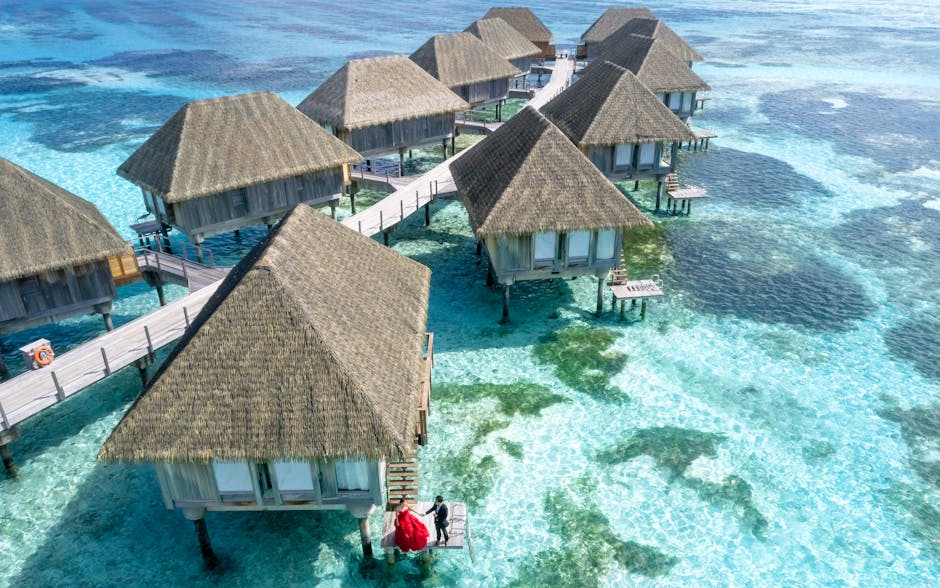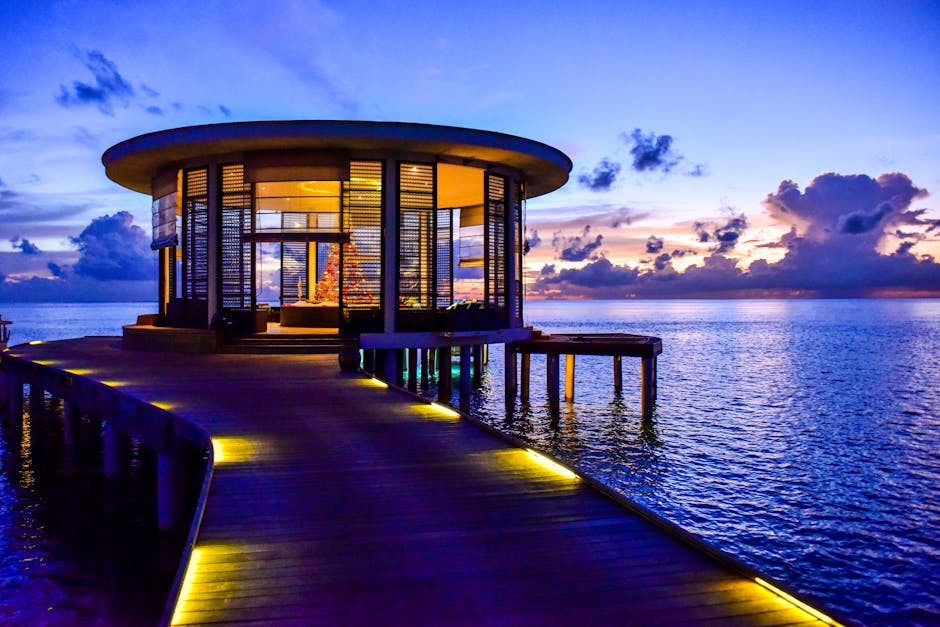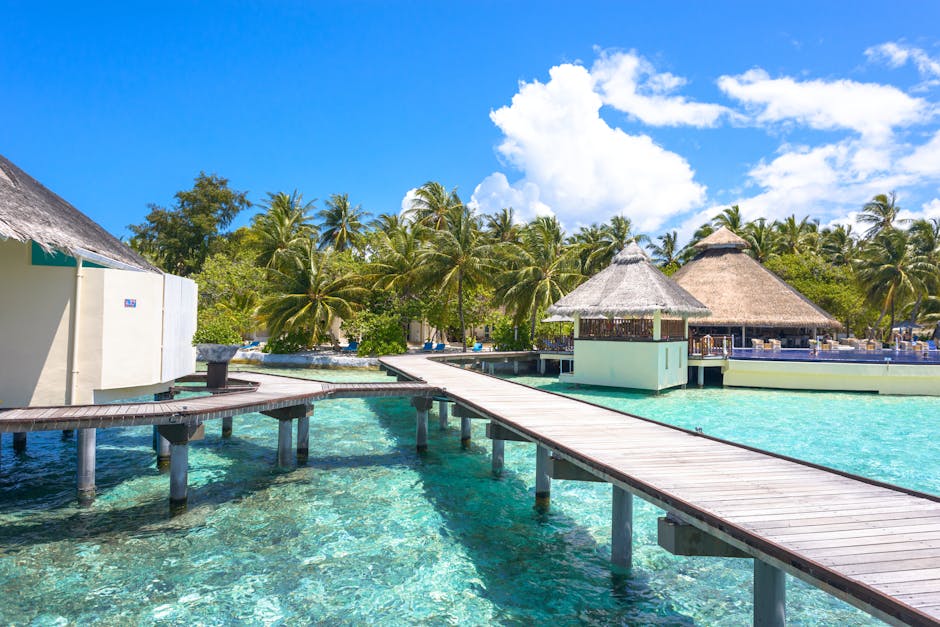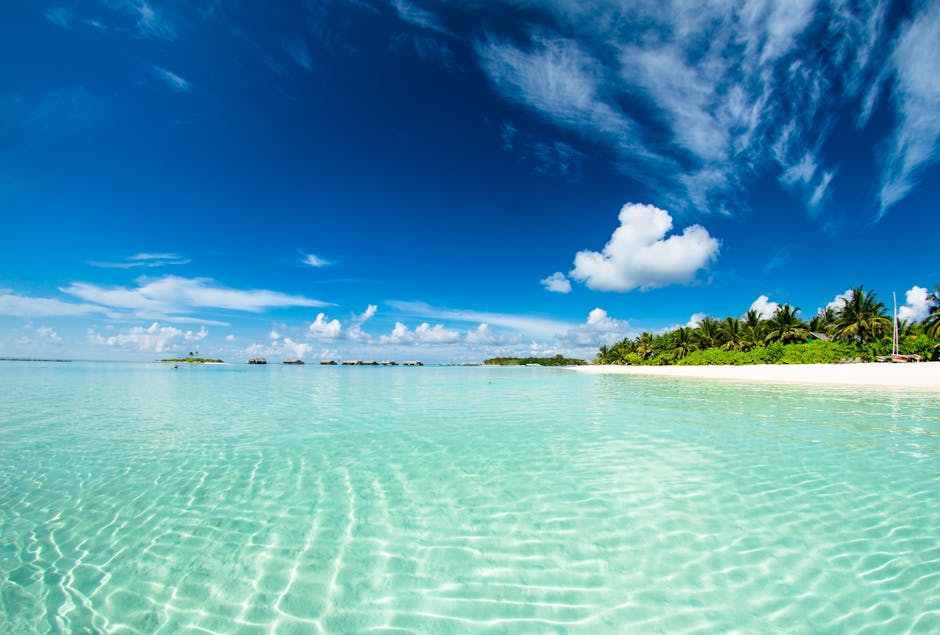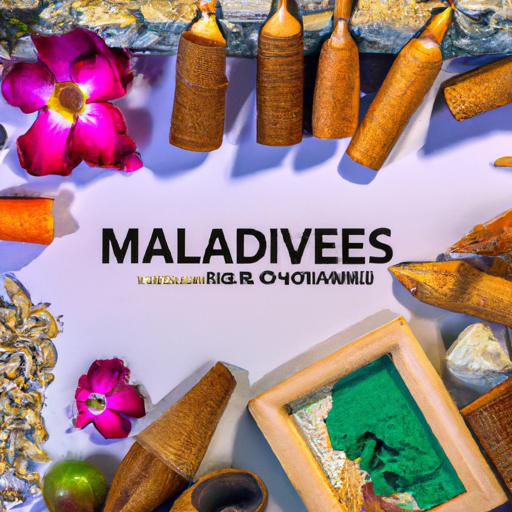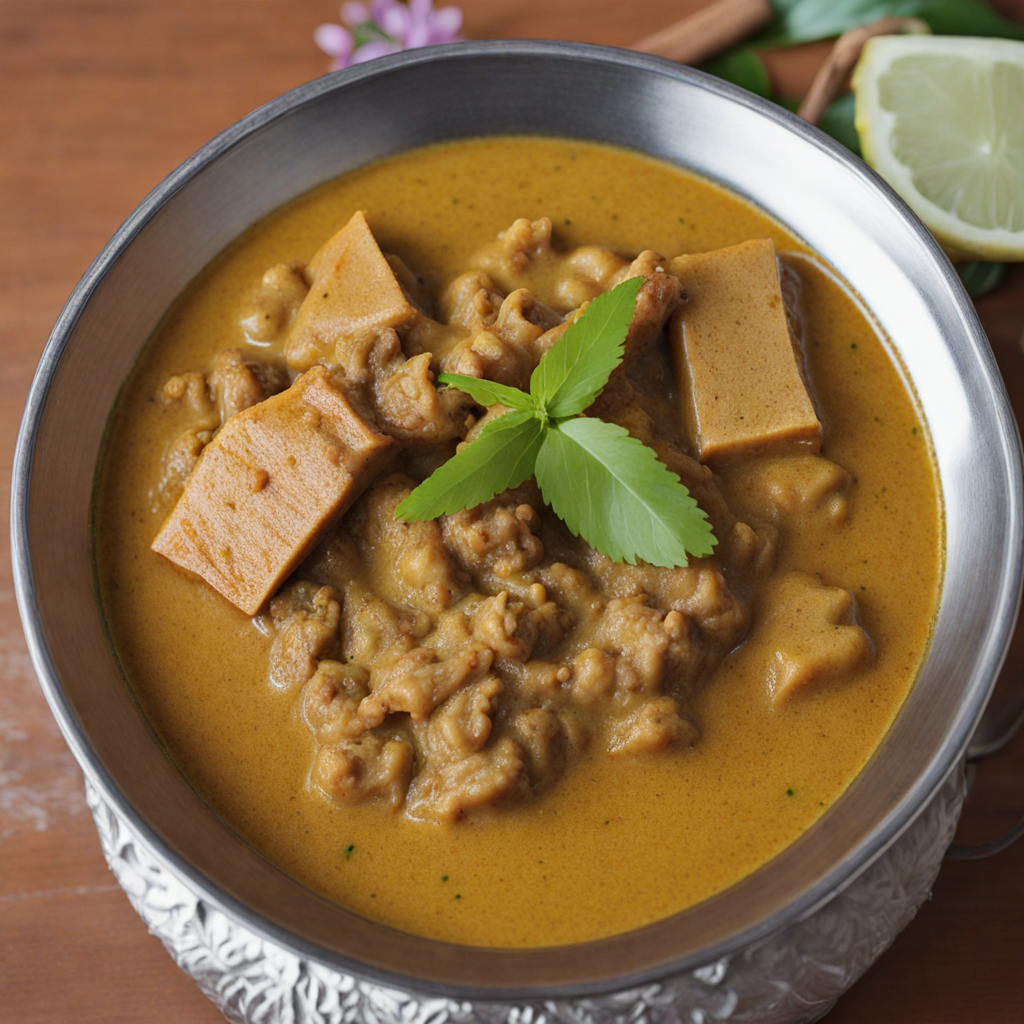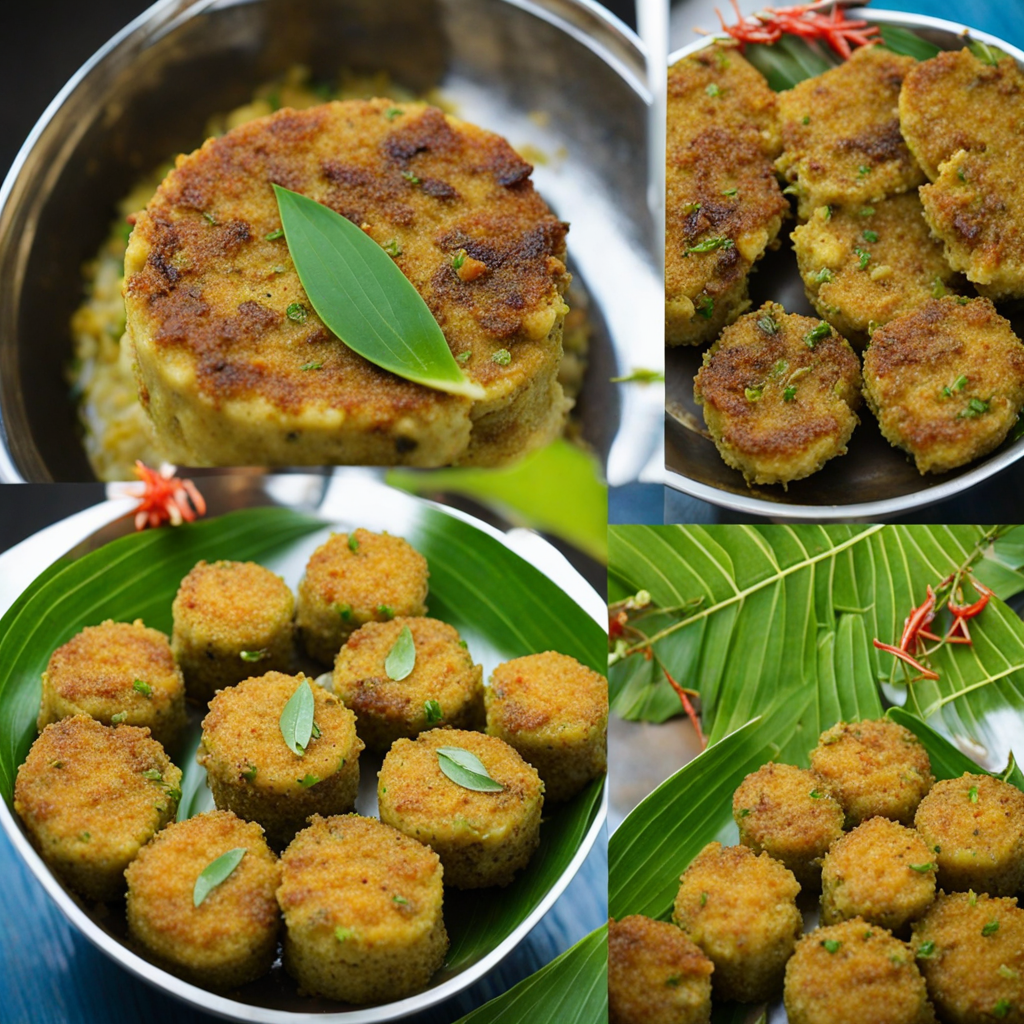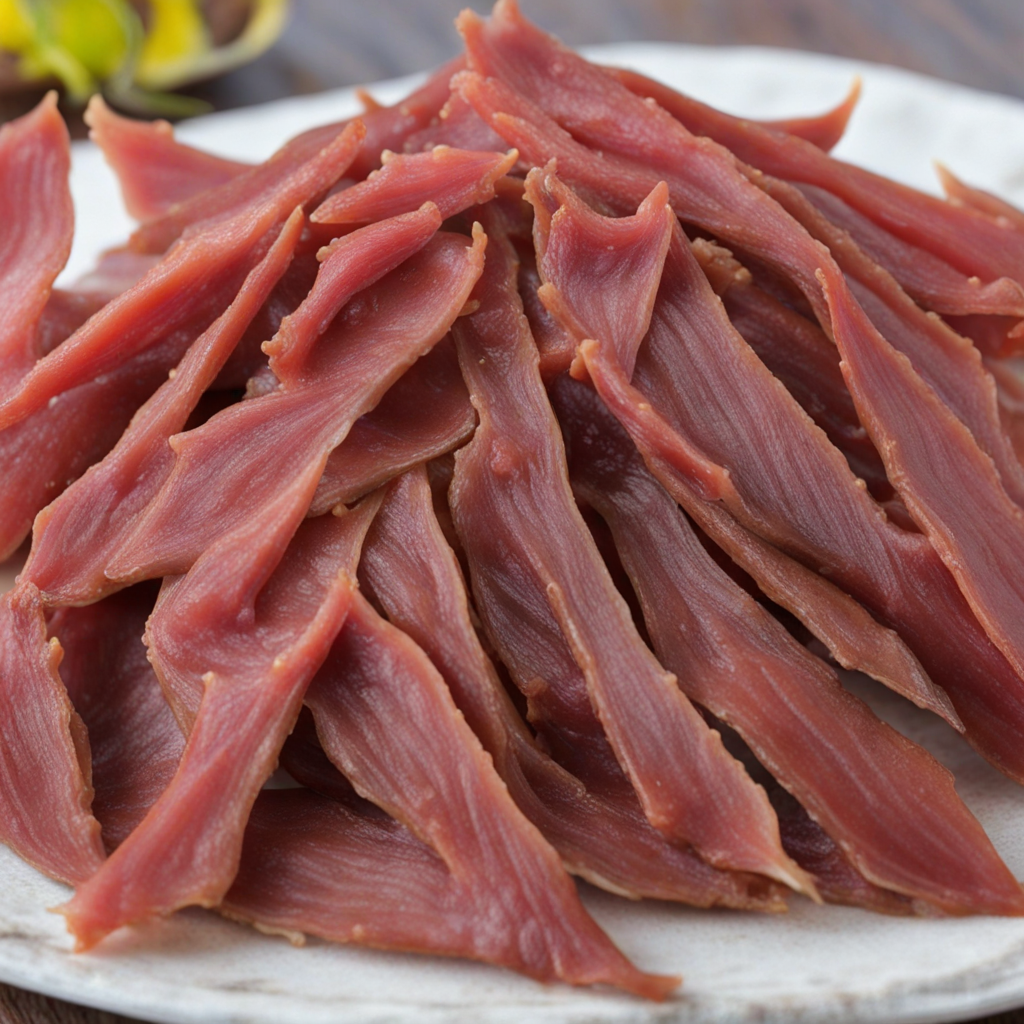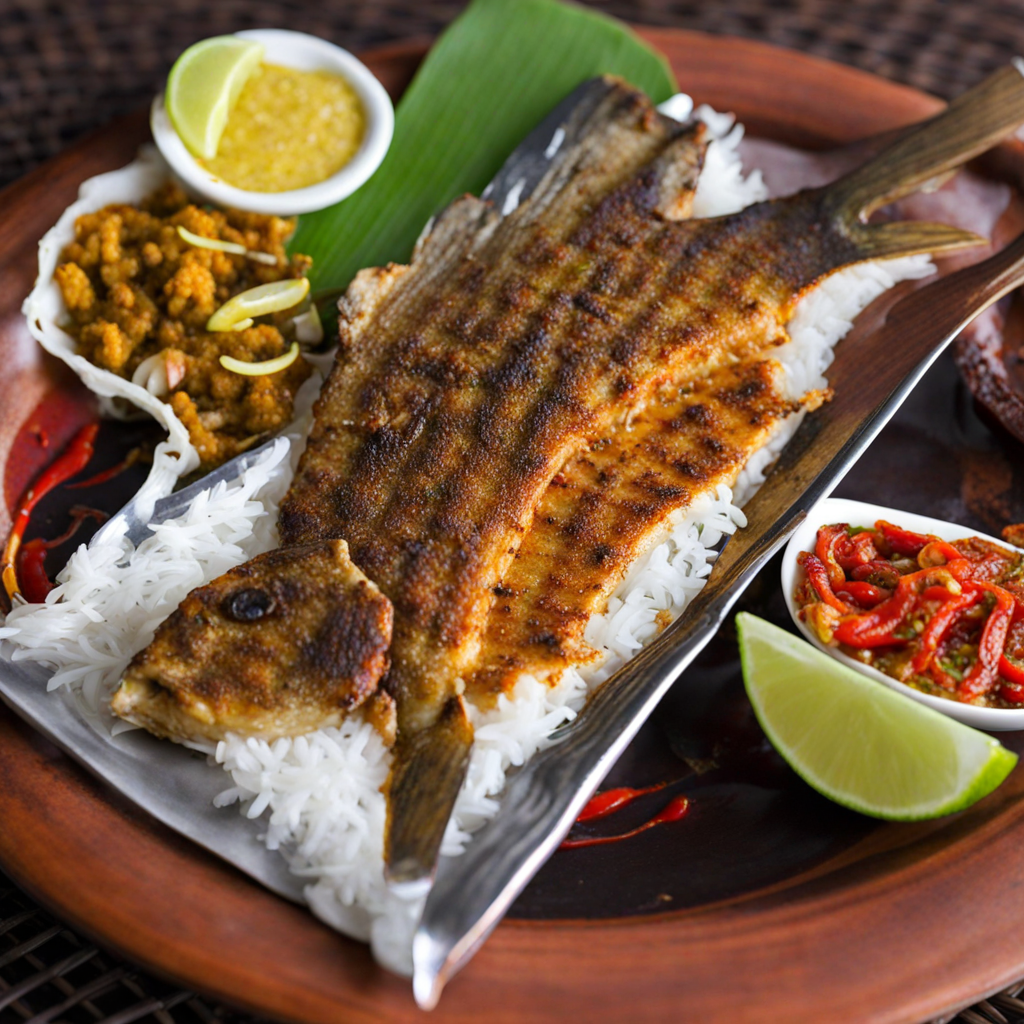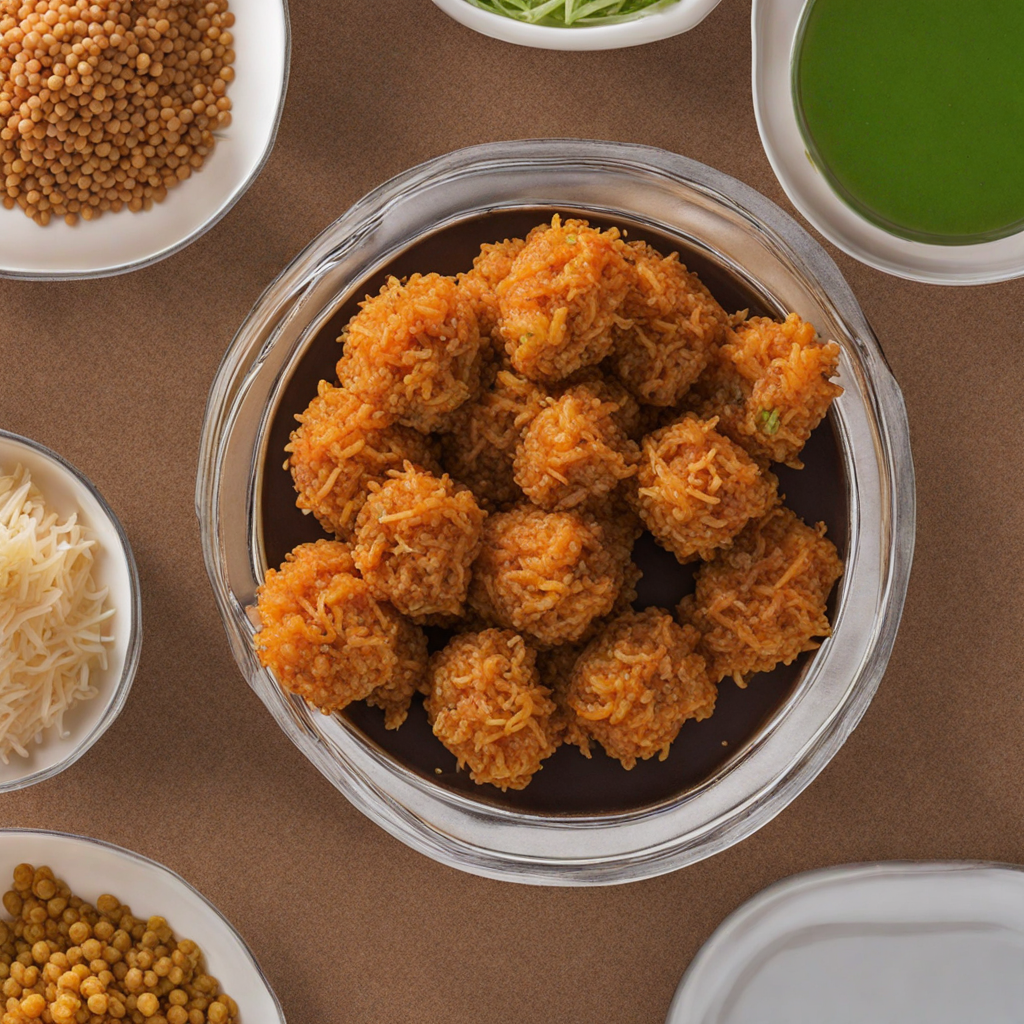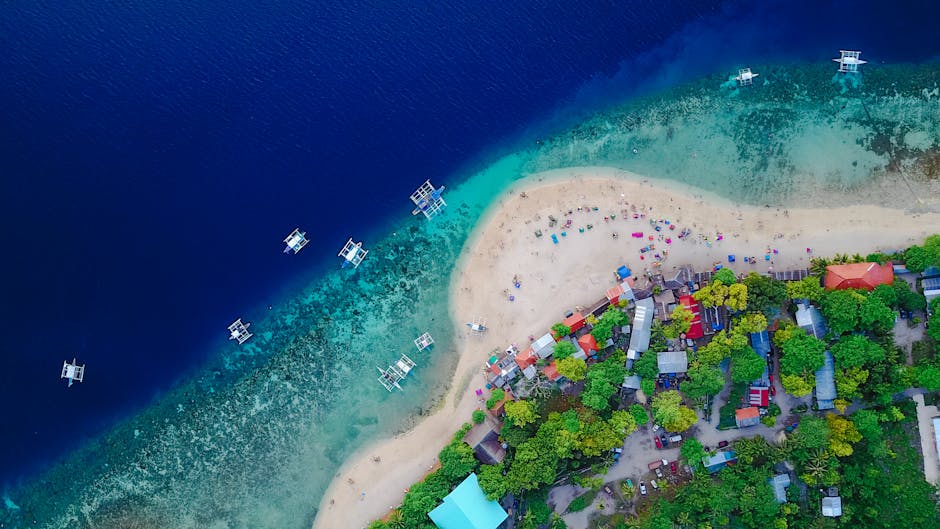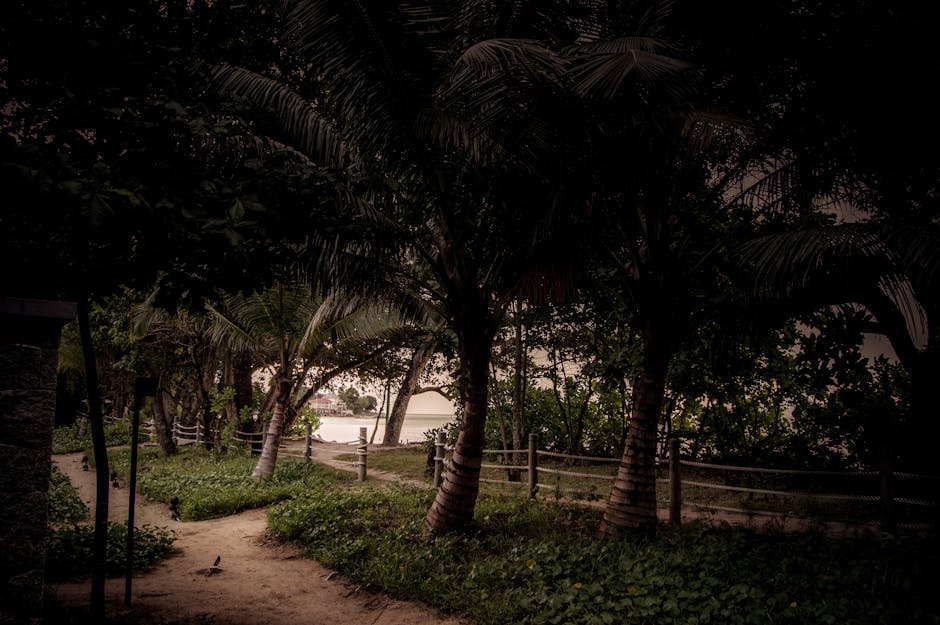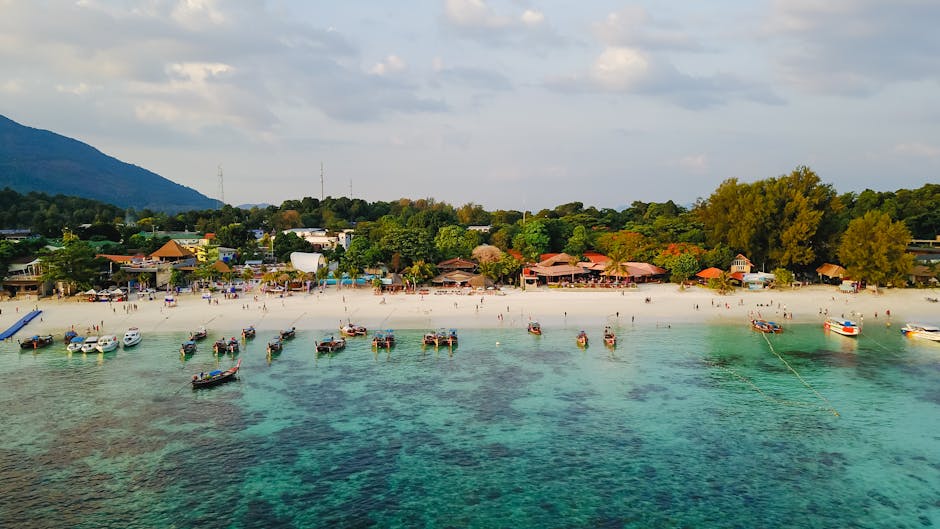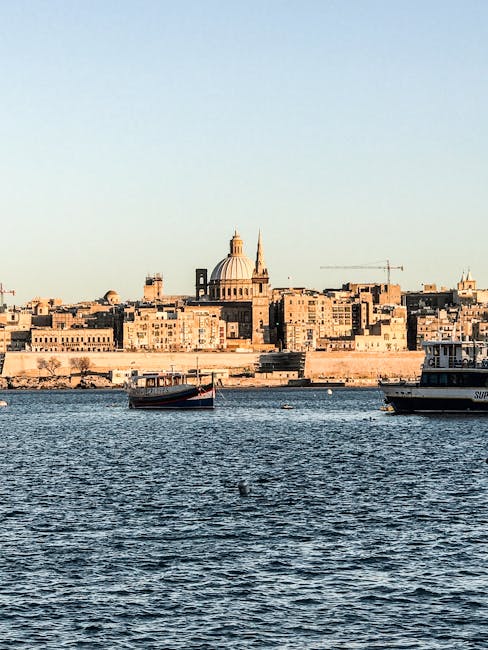Maldives
Overview
The Maldives, an archipelago of 26 atolls, is a tropical paradise located in the Indian Ocean, south of Sri Lanka. This country is known for its natural beauty, including stunning white sandy beaches, crystal clear waters, vibrant coral reefs, and a diverse marine life. The culture of the Maldives is a rich blend of influences from Indian, Arabic, and African traditions. One unique cultural feature is their music and dance form, known as Bodu Beru, which is highly rhythmic and involves a lot of drumming. The Maldivian cuisine is distinctive, with fish as a staple and dishes incorporating coconut, rice, and an array of spices.
Tourism Season in the Maldives peaks from November to April during the dry season when the weather is sunny, less humid, and with minimal rain. The average temperature ranges from 24 to 31 degrees Celsius, making it ideal for outdoor activities. During this time, visitors can indulge in various water sports such as snorkeling, scuba diving, surfing, and fishing. The Maldives is home to some of the world's most breathtaking underwater environments, making it a diver's heaven. Additionally, visitors can enjoy dolphin watching, island hopping, or simply relaxing on the pristine beaches.
Travel Preparation is essential before visiting the Maldives. Although a visa is not required for many nationalities, a valid passport, return tickets, and proof of accommodation are necessary upon arrival. It's also important to respect local customs and dress modestly when visiting inhabited islands, as the Maldives is a predominantly Muslim country. While the Maldivian Rufiyaa is the official currency, US Dollars are widely accepted. Lastly, it's advisable to take comprehensive travel and medical insurance and check the necessary vaccinations recommended by health professionals. Remember to pack essentials like sunblock, swimsuits, beachwear, and any personal medication, as these can be expensive in the Maldives.
A Glimpse into the Past
The history of the Maldives is a fascinating tapestry woven from ancient maritime trade, colonial encounters, and a rich cultural heritage. These low-lying islands, scattered across the Indian Ocean, have long served as a pivotal waypoint for seafarers navigating the waters between Asia and Africa.
The early history of the Maldives is shrouded in mystery, but it is believed that the islands were first settled around 500 BC by fishermen from India and Sri Lanka. These early inhabitants developed a unique culture, heavily influenced by their geographic position along vital trade routes. The Maldivian society was primarily based on fishing, with the cultivation of coconuts being a vital economic activity that continues to this day.
By the 12th century, the Maldives had embraced Islam, thanks to the missionary efforts of Moroccan traveler Abdul Barakat al-Yaziyi. His arrival marked a pivotal moment in Maldivian history, as the islands transitioned from a Buddhist kingdom to an Islamic state. The adoption of Islam not only transformed the religious landscape but also contributed to the development of a distinct Maldivian identity that is still prevalent today.
The Sultanate of the Maldives emerged as a significant political entity during the 16th century, consolidating power under a monarchy that lasted for several centuries. The Maldives became known for its unique governance system, which combined Islamic law with traditional customs. Nevertheless, the islands faced constant external pressure from colonial powers, leading to a series of conflicts and treaties.
In the 16th century, the Portuguese made their presence felt in the Maldives. They occupied the islands in 1558, leading to a resistance movement led by local sultans. This struggle culminated in the successful expulsion of the Portuguese in 1573, a testament to the resilience of the Maldivian people. Following this period, the Maldives maintained a degree of independence while still navigating the complex geopolitical landscape of the Indian Ocean.
The 18th century saw the rise of the British Empire as a dominant force in the region. The British established a protectorate over the Maldives in 1887, which lasted until the mid-20th century. Despite this colonial oversight, the Maldives retained a level of autonomy and continued to develop its own unique culture, with traditional music and dance, such as Bodu Beru, becoming integral to Maldivian life.
As the world moved into the 20th century, the Maldives began to experience significant social and economic changes. The global decline of colonialism inspired a sense of nationalism among the Maldivian populace. By the time World War II broke out, the strategic location of the Maldives garnered attention from the Allied forces, who established military bases on the islands. This exposure to the global stage accelerated the push for independence.
The Maldives finally gained independence from Britain on July 26, 1965. The new-found freedom catalyzed various political changes, with the establishment of a republic in 1968 after the abolition of the monarchy. This period marked the beginning of significant modernization efforts in the country, with infrastructure improvements and the growth of tourism, which has since become a cornerstone of the Maldivian economy.
Tourism in the Maldives began to take off in the 1970s, transforming the islands into a premier destination for travelers seeking pristine beaches and vibrant marine life. The development of luxury resorts on private islands introduced a new economic model, moving the nation towards a tourism-based economy. The allure of the Maldivian atolls, with their crystal-clear waters and coral reefs, attracted visitors from around the globe, eager to experience the unparalleled natural beauty.
However, this rapid development came with challenges. The environmental impact of tourism, including coastal erosion and marine degradation, became a pressing concern. The Maldivian government recognized the need for sustainable tourism practices to preserve its unique ecosystem, which is home to diverse marine species, including the majestic manta rays and whale sharks.
In the early 21st century, the Maldives faced another significant challenge: climate change. The nation is one of the most vulnerable countries in the world to rising sea levels, with much of its land sitting just above sea level. This existential threat has prompted the government to advocate for global awareness and action on climate issues, underscoring the delicate balance between development and environmental conservation.
Political turmoil has also marked recent Maldivian history. Following a decade of political instability, culminating in the ousting of President Mohamed Nasheed in 2012, the country has experienced a series of protests and political unrest. These events have drawn international attention, with calls for democracy and human rights gaining momentum.
Despite these challenges, the Maldives remains a beacon of hope and resilience. The blend of rich history and stunning natural beauty makes it a compelling destination for travelers. Key sites such as the Old Friday Mosque in Malé, with its intricate coral stone carvings, and the Maldives Islamic Centre showcase the nation’s Islamic heritage. The vibrant capital city offers a glimpse into local life, with bustling markets and traditional cuisine that highlight the islands' diverse influences.
For those exploring the natural wonders, the Banana Reef, one of the first dive sites in the Maldives, offers breathtaking underwater experiences teeming with marine life. Meanwhile, the serene beaches of Himmafushi and the idyllic sands of Sun Island provide the perfect backdrop for relaxation and rejuvenation.
In summary, the Maldives is a destination where history and natural beauty converge. From ancient settlements and Islamic transformation to colonial encounters and modern-day tourism, the islands have a rich narrative that continues to evolve. Travelers are not just visiting a series of picturesque islands; they are stepping into a story that spans millennia—a story that is as vibrant and diverse as the archipelago itself.
Top cities for tourists in Maldives
Discover the Famous Cities That Might Captivate Your Interests
Must-Try Foods You Can't Afford to Miss
Indulge in a Variety of Fantastic Foods During Your Stay in Maldives
May Be Your Next Destinations
People often choose these countries as their next destination


